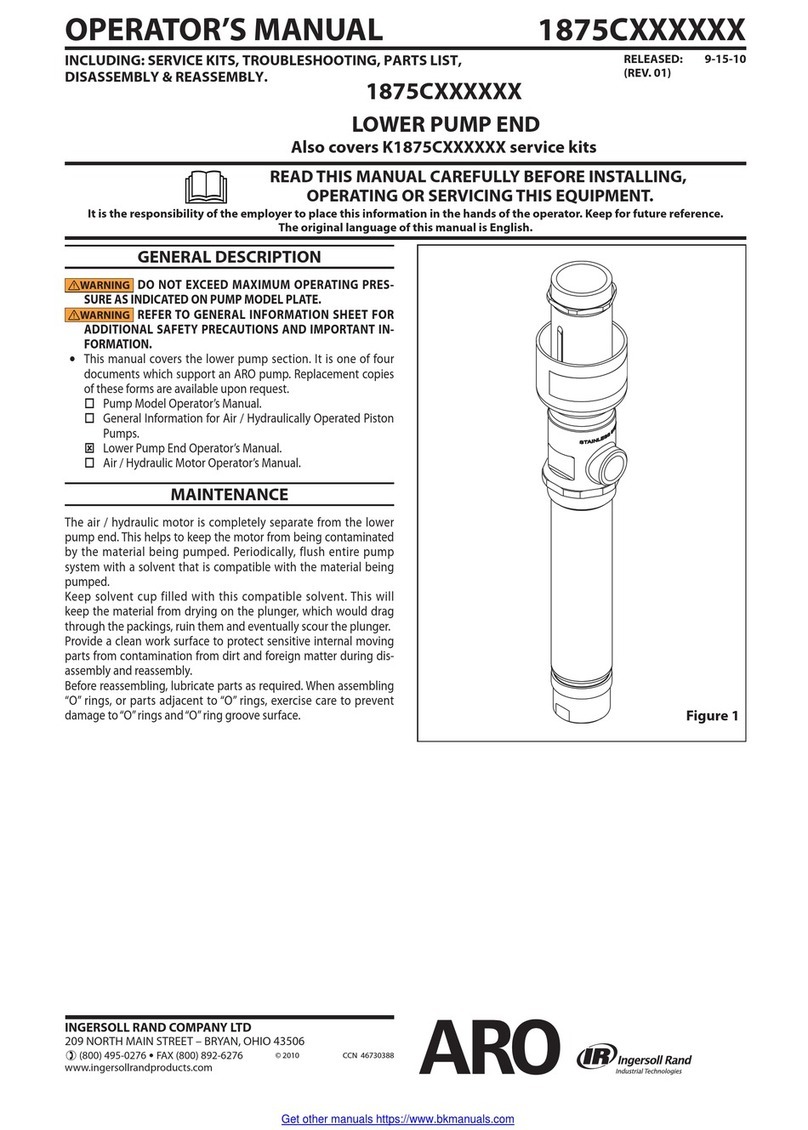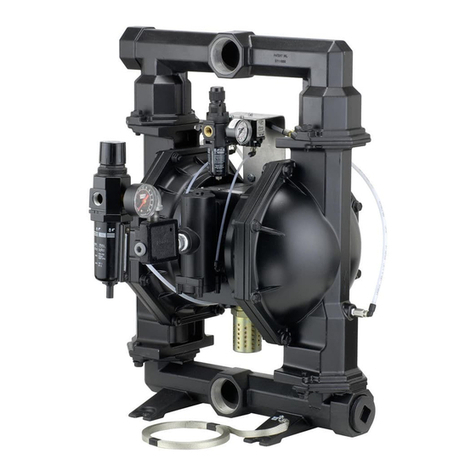Ingersoll-Rand 226 User manual
Other Ingersoll-Rand Water Pump manuals

Ingersoll-Rand
Ingersoll-Rand PD07P-X-X User manual

Ingersoll-Rand
Ingersoll-Rand PD10P Series User manual
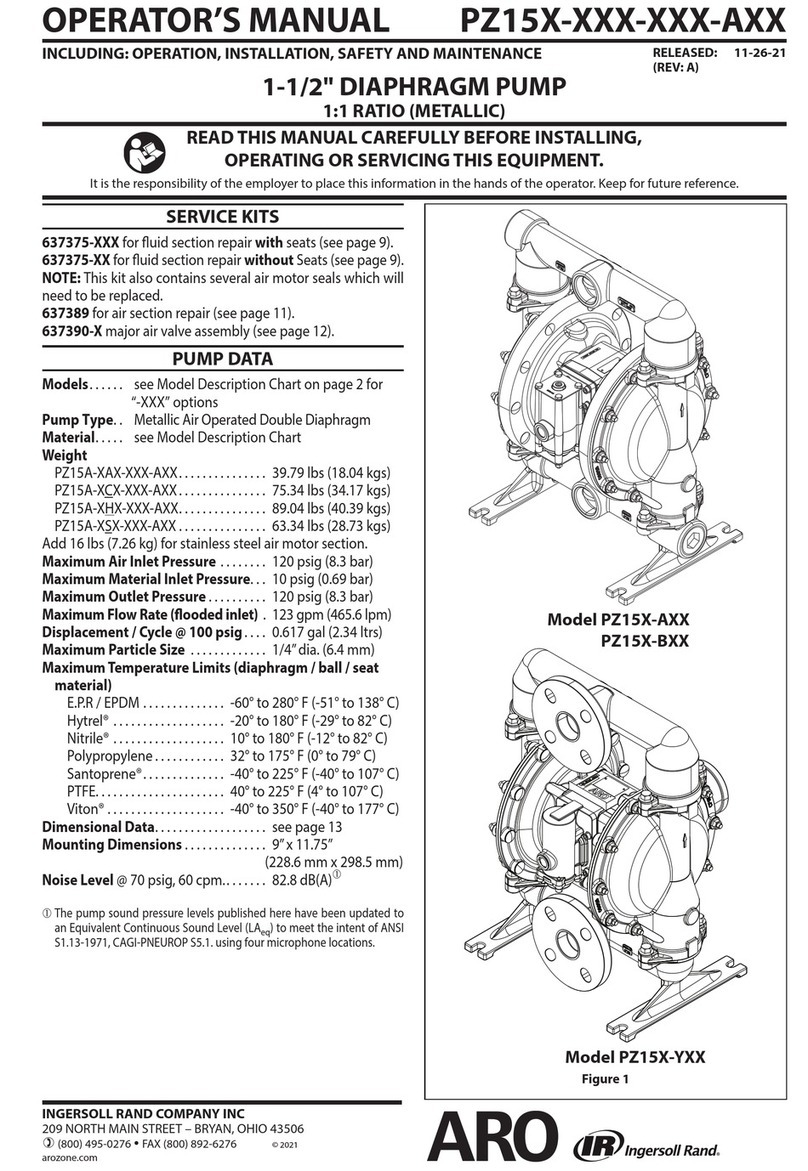
Ingersoll-Rand
Ingersoll-Rand PZ15 Series User manual
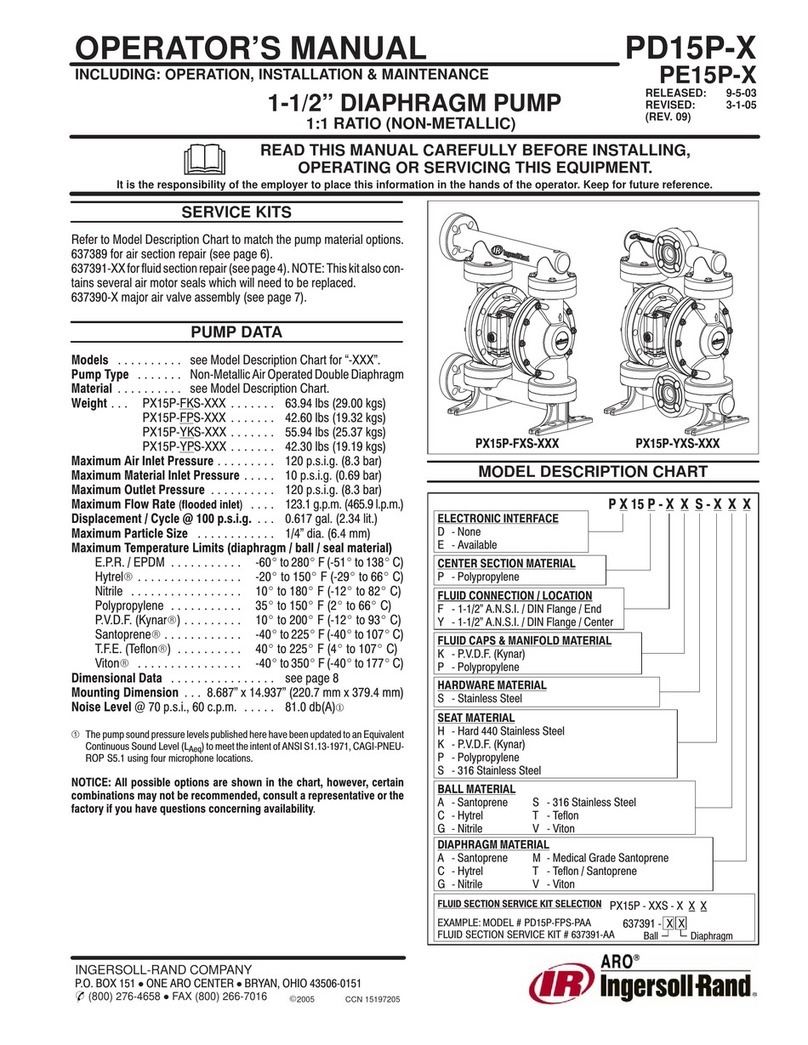
Ingersoll-Rand
Ingersoll-Rand ARO P 155P-FKS Series User manual
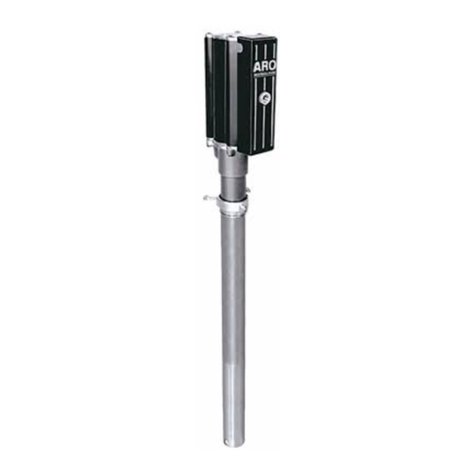
Ingersoll-Rand
Ingersoll-Rand ARO Thunder LM2203A -C Series User manual

Ingersoll-Rand
Ingersoll-Rand NM2C23X-A1-XXX User manual
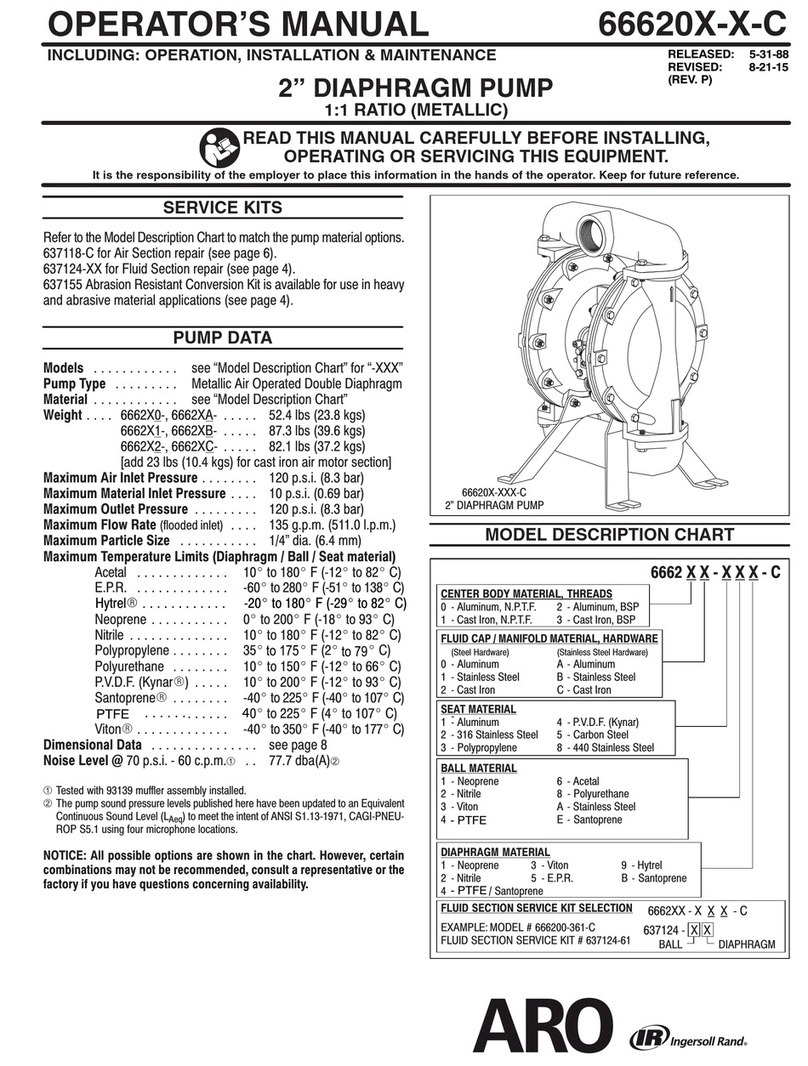
Ingersoll-Rand
Ingersoll-Rand ARO 66620 C Series User manual

Ingersoll-Rand
Ingersoll-Rand 6662AX-X-C User manual

Ingersoll-Rand
Ingersoll-Rand ARO 66266 Series User manual

Ingersoll-Rand
Ingersoll-Rand 67200 Series User manual

Ingersoll-Rand
Ingersoll-Rand PD03P Series User manual

Ingersoll-Rand
Ingersoll-Rand 6661HX-XXX-C User manual

Ingersoll-Rand
Ingersoll-Rand ARO PD20E Series User manual

Ingersoll-Rand
Ingersoll-Rand 66266-XXX-B User manual

Ingersoll-Rand
Ingersoll-Rand MP PUMPS CHEMFLO 2 User manual
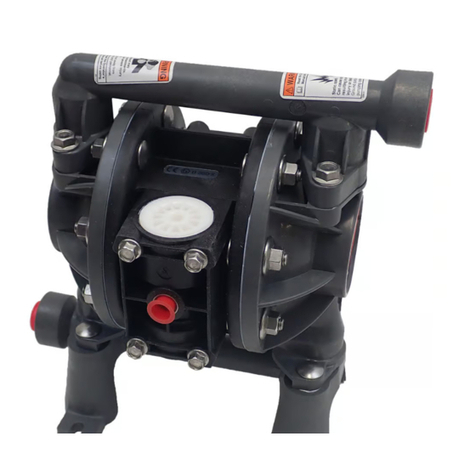
Ingersoll-Rand
Ingersoll-Rand PD05 B Series User manual
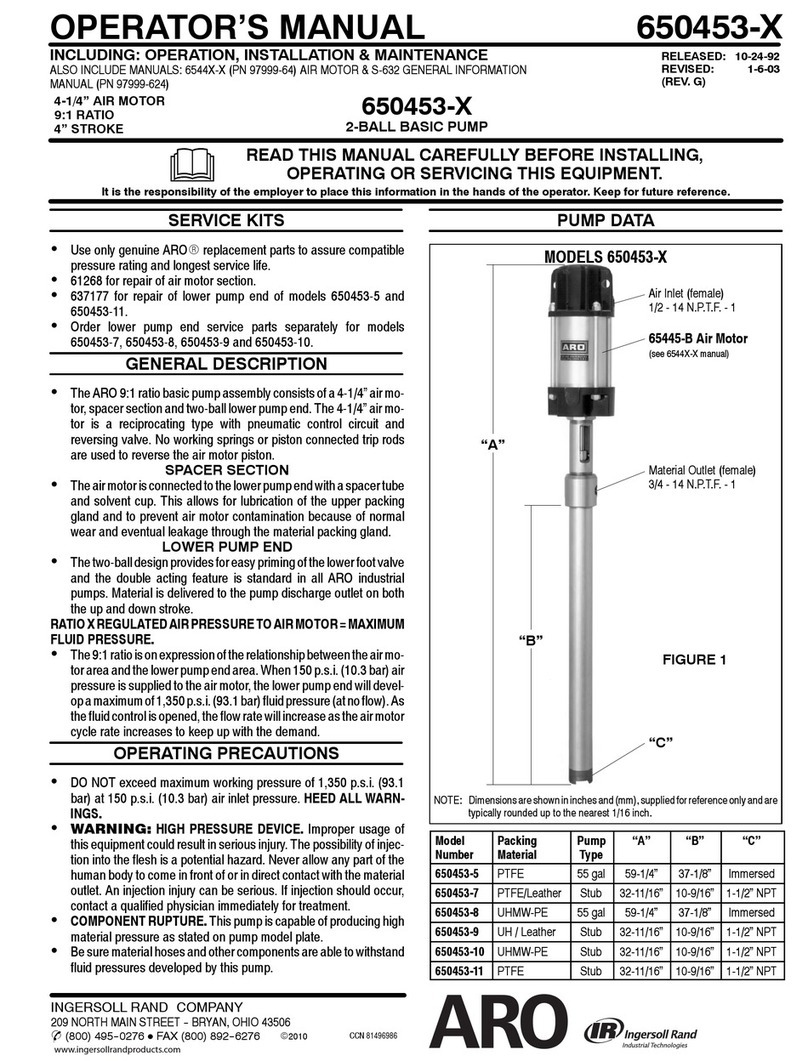
Ingersoll-Rand
Ingersoll-Rand 2-BALL BASIC PUMP 650453-X User manual

Ingersoll-Rand
Ingersoll-Rand ARO 670036-15X User manual
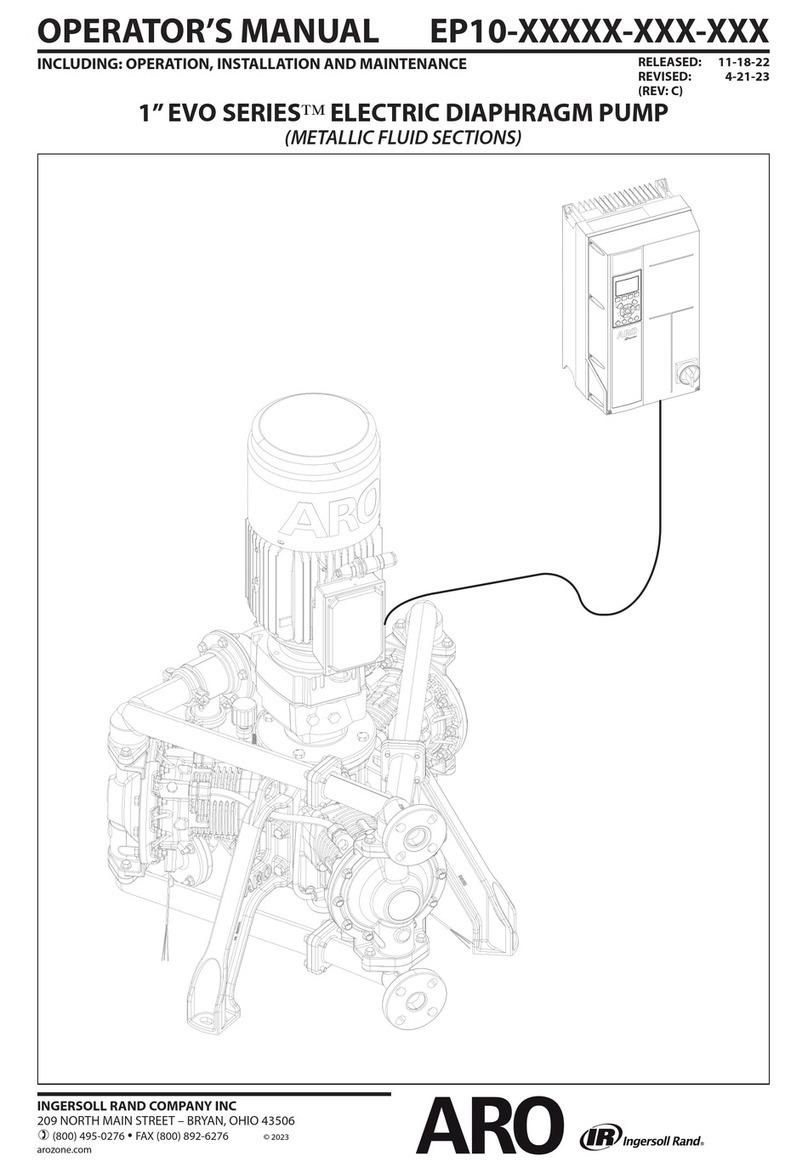
Ingersoll-Rand
Ingersoll-Rand ARO EVO EP10 Series User manual
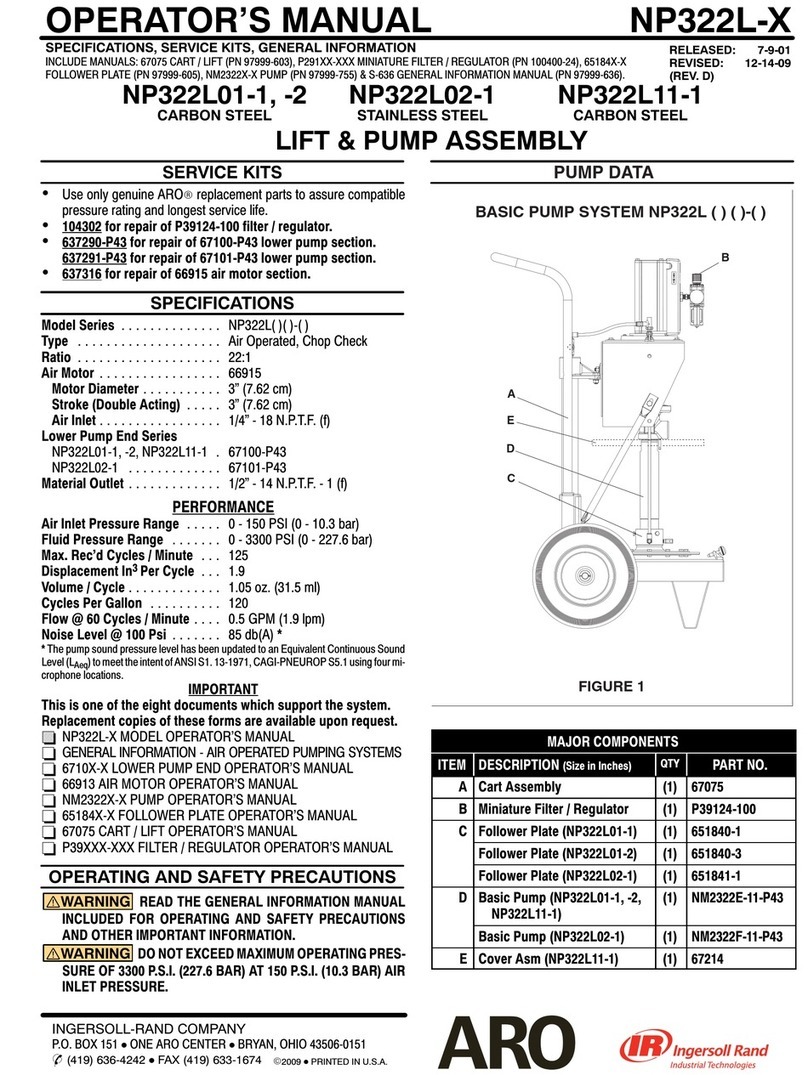
Ingersoll-Rand
Ingersoll-Rand ARO NP322L01-1 User manual
Popular Water Pump manuals by other brands

Watershed Innovations
Watershed Innovations HYDRAPUMP SMART FLEX Instructional manual

Graco
Graco Modu-Flo AL-5M instructions

Messner
Messner MultiSystem MPF 3000 operating instructions

Xylem
Xylem Bell & Gossett WEHT0311M Installation, operation and maintenance instructions

WilTec
WilTec 50739 Operation manual

Franklin Electric
Franklin Electric Little Giant 555702 HRK-360S instruction sheet

VS
VS ZJ Series Operating instruction

Flotec
Flotec FPZS50RP owner's manual

SKF
SKF Lincoln FlowMaster II User and maintenance instructions

Xylem
Xylem Lowara LSB Series Installation, operation and maintenance instructions

Water
Water Duro Pumps DCJ500 Operating & installation instructions

Action
Action P490 Operating instructions & parts manual

Flo King
Flo King Permacore Reusable Carbon Bag Disassembly. & Cleaning Instructions

ARO
ARO ARO PD15P-X Operator's manual

Pumptec
Pumptec 112V Series Operating instructions and parts manual

Virax
Virax 262070 user manual

Neptun
Neptun NPHW 5500 operating instructions

Sensidyne
Sensidyne Gilian BDX-II Operation & service manual

